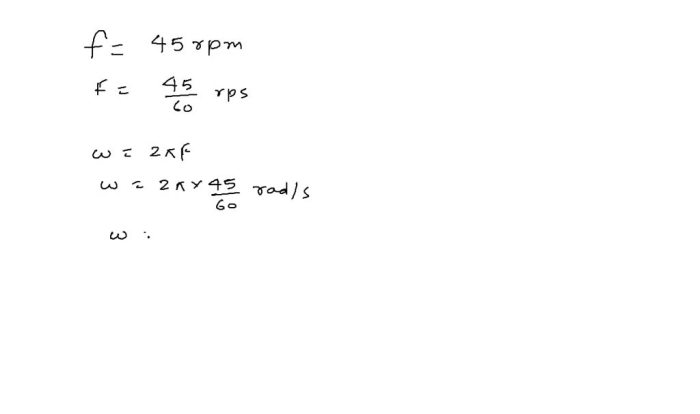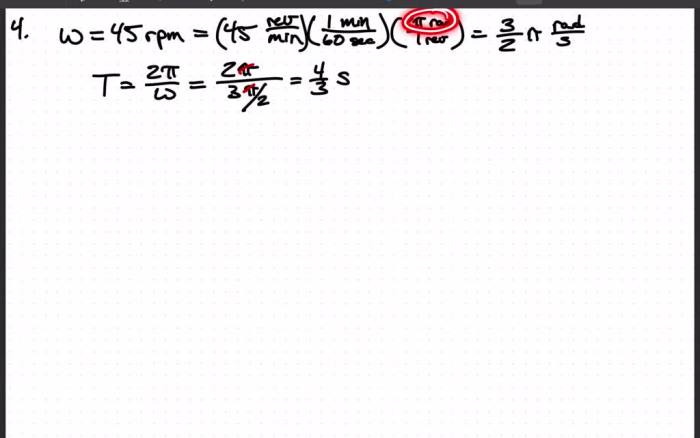A record rotates on a turntable at 45 RPM, a captivating speed that has played a pivotal role in the music industry. This article delves into the intricate mechanics of turntable rotation, exploring the physical characteristics of 45 RPM records and their impact on audio quality.
We will also delve into the historical significance and current applications of these iconic discs, uncovering their enduring legacy in popular culture.
From the precise engineering of the turntable to the delicate tracking of the stylus, each element contributes to the unique listening experience offered by 45 RPM records. By understanding the technicalities and historical context surrounding this playback speed, we gain a deeper appreciation for the enduring allure of vinyl.
Record Player Specifications

For optimal playback of 45 RPM records, a record player should meet certain specifications. The following table provides details for a record player that supports 45 RPM playback:
| Specification | Value |
|---|---|
| Cartridge Type | Moving Magnet (MM) or Moving Coil (MC) |
| Platter Material | Acrylic, Aluminum, or MDF |
| Drive System | Belt-driven or Direct-drive |
| Speed Range | 45 RPM, 33 1/3 RPM |
| Wow and Flutter | <0.05% |
Vinyl Record Characteristics

45 RPM records have specific physical characteristics that optimize their playback at a faster speed. These characteristics include:
- Smaller Size: 45 RPM records are typically 7 inches in diameter, compared to 12 inches for 33 1/3 RPM records.
- Narrower Groove Spacing: The grooves on 45 RPM records are narrower than on other speeds, allowing for more grooves to be packed into a smaller space.
- Higher Fidelity: The narrower groove spacing and faster speed result in higher audio fidelity, with less distortion and noise.
Mechanics of Turntable Rotation
To rotate a record at 45 RPM, a turntable employs a combination of components:
- Motor: The motor provides the power to drive the platter.
- Belt: A belt connects the motor to the platter, transmitting the rotational force.
- Platter: The platter is the rotating surface on which the record is placed.
The speed of the turntable is regulated by a speed control mechanism, which ensures that the record rotates at a consistent 45 RPM.
Stylus Tracking and Playback
The stylus, located at the end of the tonearm, tracks the grooves on the record. For optimal playback, proper stylus alignment and tracking force are crucial:
- Stylus Alignment: The stylus should be aligned perpendicular to the record’s surface, ensuring accurate tracking of the grooves.
- Tracking Force: The tracking force applied by the stylus on the record should be within the recommended range for the cartridge and record combination.
Proper stylus tracking ensures minimal distortion, noise, and record wear.
Comparison with Other Playback Speeds: A Record Rotates On A Turntable At 45 Rpm
45 RPM records offer advantages and disadvantages compared to other playback speeds:
- Advantages:
- Higher Audio Fidelity: Narrower groove spacing and faster speed result in better sound quality.
- Shorter Playing Time: Allows for more songs to be recorded on a single side.
- Disadvantages:
- Lower Playing Time: Each side of a 45 RPM record plays for a shorter duration.
- More Record Changes: Requires more frequent record changes, which can be inconvenient.
Historical Significance of 45 RPM Records

45 RPM records were introduced in the 1940s and quickly gained popularity:
- Jukebox Era:45 RPM records became the standard format for jukeboxes, providing a convenient and affordable way to play music.
- Rock and Roll:The faster speed and higher fidelity of 45 RPM records made them the preferred format for rock and roll music in the 1950s and 1960s.
45 RPM records had a significant impact on the music industry and popular culture.
Current Applications of 45 RPM Records
Despite the advent of digital music, 45 RPM records continue to be used in various applications:
- Limited Edition Releases:Some artists release special editions or collector’s items on 45 RPM records.
- DJing:DJs often use 45 RPM records for their durability and ease of mixing.
- Audiophile Listening:Vinyl enthusiasts appreciate the unique sound quality of 45 RPM records.
The resurgence of interest in vinyl records has contributed to the renewed popularity of 45 RPMs.
Key Questions Answered
What is the difference between 33 1/3 RPM and 45 RPM records?
33 1/3 RPM records have a longer playing time but a lower audio quality compared to 45 RPM records, which offer a shorter playing time but superior sound quality due to the tighter groove spacing.
Why are 45 RPM records often used for singles?
45 RPM records are ideal for singles because they provide a shorter playing time, making it more convenient to play individual songs without having to flip the record.
How does the stylus track the grooves on a 45 RPM record?
The stylus follows the spiral grooves on the record, converting the physical vibrations into electrical signals that are amplified and played through speakers.